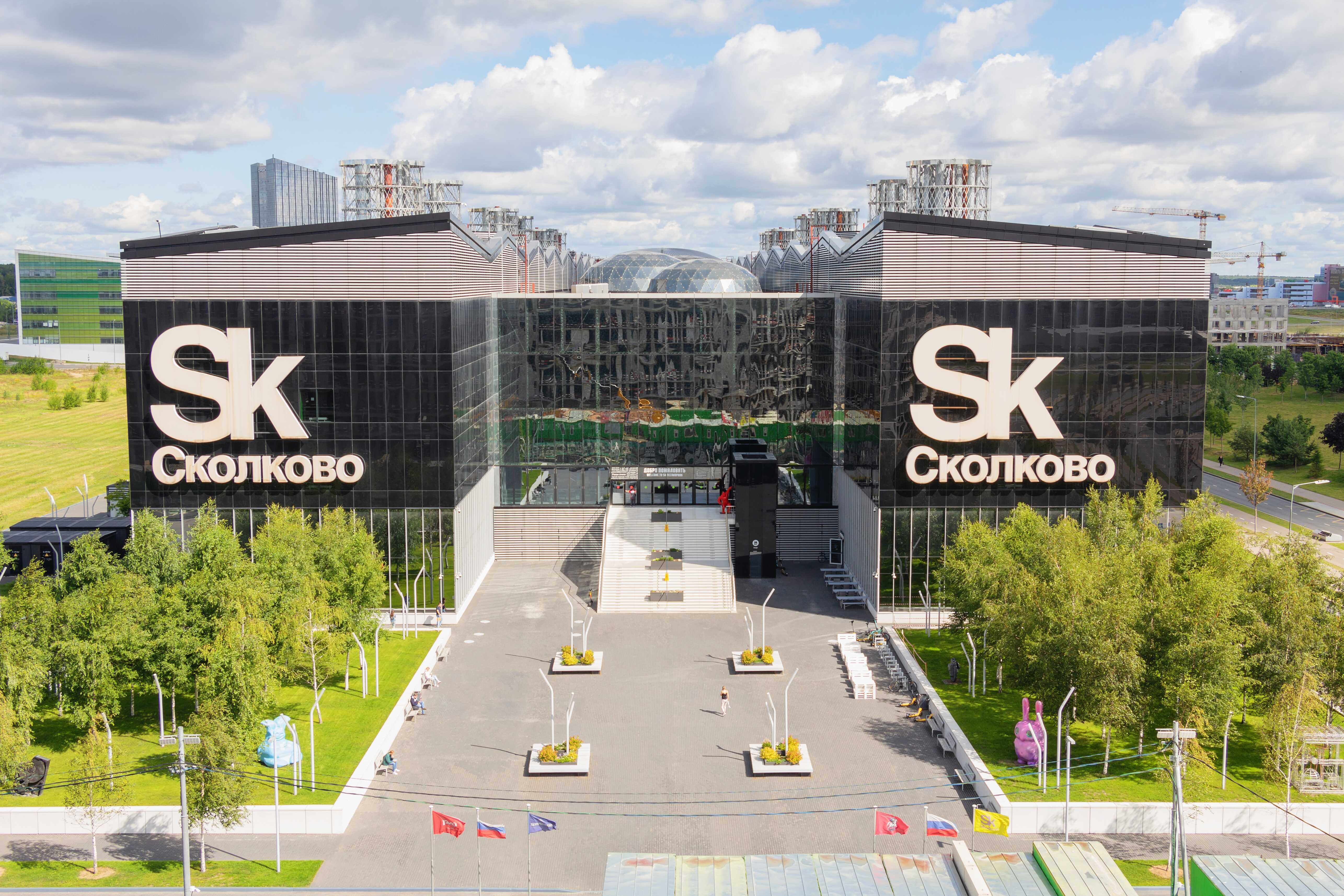Digitizing Rail Freight: How Russia Is Exporting Smart Logistics to Central Asia and the CIS

As digital technology reshapes global logistics, Russia is positioning itself not only as a transit hub but also as a provider of rail IT infrastructure across Central Asia and the Commonwealth of Independent States.
Smart Freight Systems Drive Operational Gains
One of the most prominent initiatives is the 'Digital Railcar' system from First Freight Company. The platform uses sensors and satellite communication to track railcar status and location in real time. Deployment has reduced empty mileage by 15–20%, significantly improving cost efficiency for operators.
Another innovation, the 'Navigator' software, automatically allocates railcars and builds optimized routes. Using machine learning, the system accounts for seasonal demand, track conditions, and network traffic, resulting in more predictable, cost-effective logistics.
Meanwhile, the ETRAN system—developed by Russian Railways (RZD)—has replaced paper waybills with electronic documents, dramatically speeding up customs clearance. Processing times dropped from hours to minutes, easing cross-border flows especially within the CIS.
Kazakhstan Railways (Kazakhstan Temir Zholy) adopted similar systems as part of trilateral collaboration with Russia and China, helping to digitize the Trans-Caspian International Transport Route (TITR).

Rail Automation Expands Across Eurasia
Industrial automation developer Promelectronika plays a major role in railway digitization with systems for station automation and dispatch control. Already implemented in Kazakhstan, Uzbekistan, and Mongolia, these solutions ensure precise traffic control, infrastructure monitoring, and signal management.
The technology reduces human error, increases line throughput, and enhances safety—key benefits for regions experiencing rapid freight growth. High reliability and ease of deployment have made these Russian systems a de facto standard.
Also notable is the Travel.RZD digital platform. Originally created for passenger transport, it now supports multimodal logistics chains by linking rail with trucking and maritime services. At the CIPR forum, RZD showcased API integrations that let third-party companies access the platform’s data, fostering transparency and ecosystem development.
Global Recognition and Cross-Border Demand
UN bodies such as UNECE and UNESCAP highlight digital rail corridors as critical to boosting logistics efficiency. Their reports emphasize that technologies like e-waybills, monitoring systems, and AI platforms are transforming regional trade.

The TITR—spanning Kazakhstan, Uzbekistan, and Mongolia—has received particular attention. Analysts suggest digital upgrades could boost its throughput by 30–40%, making it a viable alternative to ocean freight.
Russia’s rail tech exports are already gaining traction. RZD now offers API access, predictive analytics, and integrations with digital freight marketplaces. These services are customizable, making them attractive to nations seeking to reduce dependence on foreign logistics technologies.
For many such countries, adopting Russian platforms is not just modernization—it’s a strategic pivot toward scalable, sovereign transportation infrastructure.
From Domestic Overhaul to Export Engine
What began as a domestic rail modernization program is becoming a major export vector for Russia. Monitoring platforms, e-waybills, automation systems, and AI logistics tools are now active across the CIS and parts of Asia.
Russia’s freight IT solutions are helping reshape Eurasia’s rail logistics paradigm. As trade routes reconfigure, Russia is establishing itself as both a key overland transit hub and a supplier of advanced freight technology.









































